Though the United States champions equality for all people, quality of life varies from state to state. Some states, like New Hampshire, consistently rank among the best for safety, economy, and education. Others, such as Mississippi, frequently struggle with the same pillars.
Before you decide to relocate, familiarize yourself with the US states that don’t make the mark and similar alternatives to move to instead.
Did your state make the list?
10. Kentucky
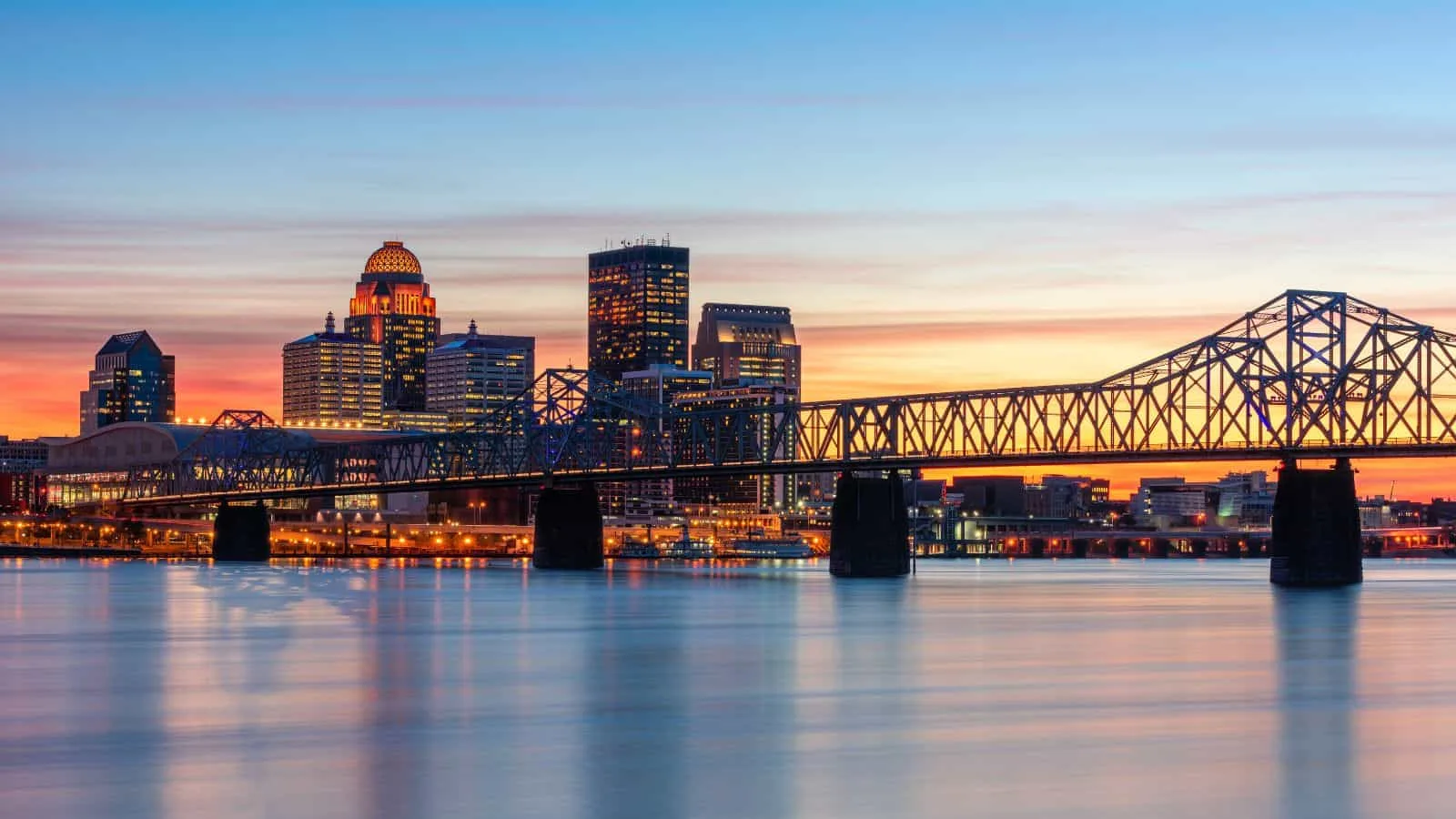
Despite the well-heeled crowd at the Kentucky Derby, Kentucky struggles with a weak economy and widespread poverty. US News’ Best States Ranking ranks the state as having the fourth worst economy in the country, behind Mississippi, Louisiana, and West Virginia. In 2021, the state faced a $1.1B budget deficit.
The state performs well in crime and corrections but also falters in health care—both in quality and overall population well-being—receiving a rank of 40 out of 50.
Instead: Tennessee
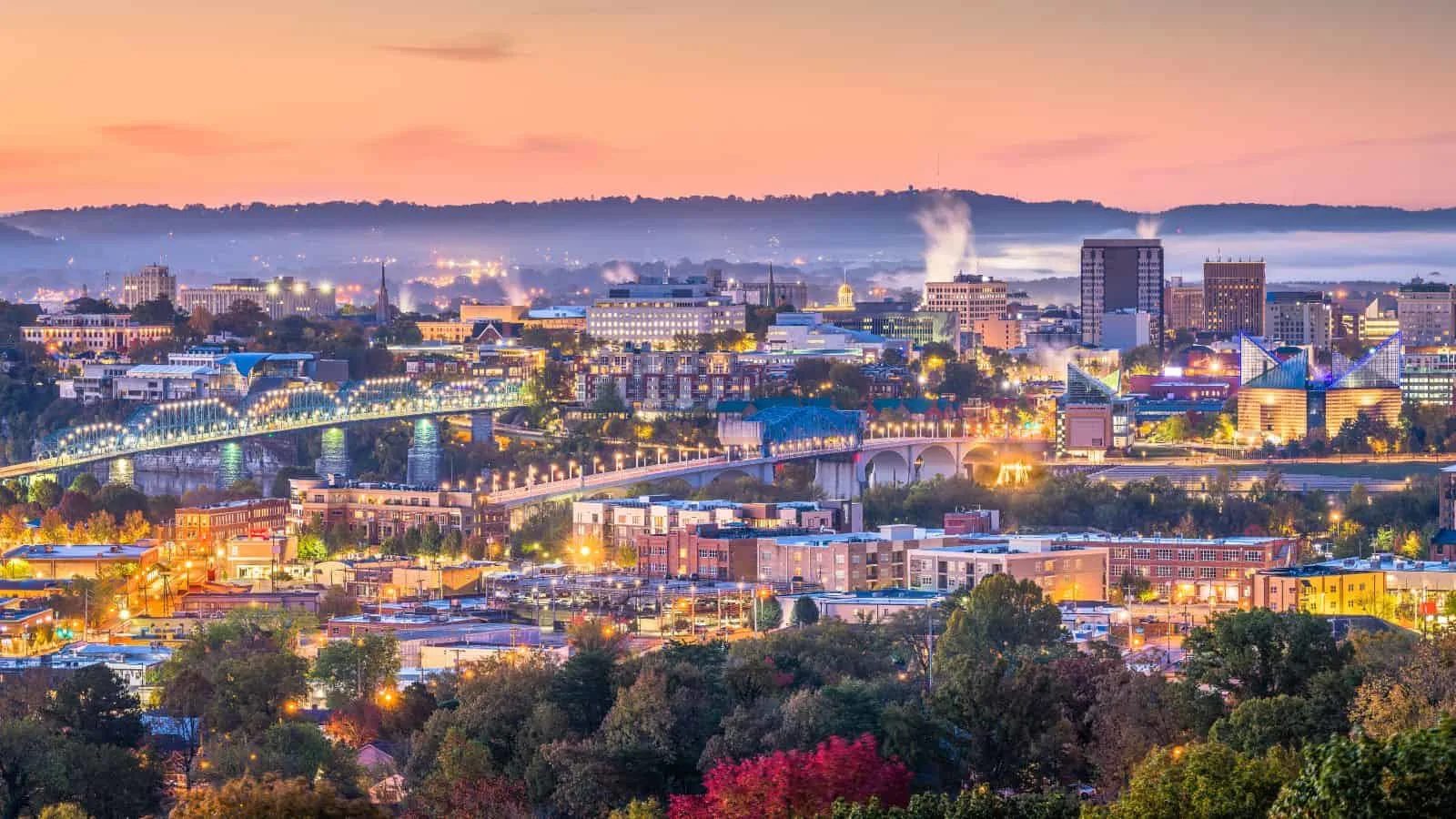
Tennessee has all of Kentucky’s southern charm and a much more promising economy. Ranked fifth in the nation for fiscal stability, visitors flock to Nashville for its legendary music scene, hot chicken restaurants, colorful murals, and energetic bars on Broadway.
That doesn’t mean Tennessee is all noise. Live in the peace of the Great Smoky Mountains, where gorgeous views and great outdoor activities will surround you.
9. South Carolina
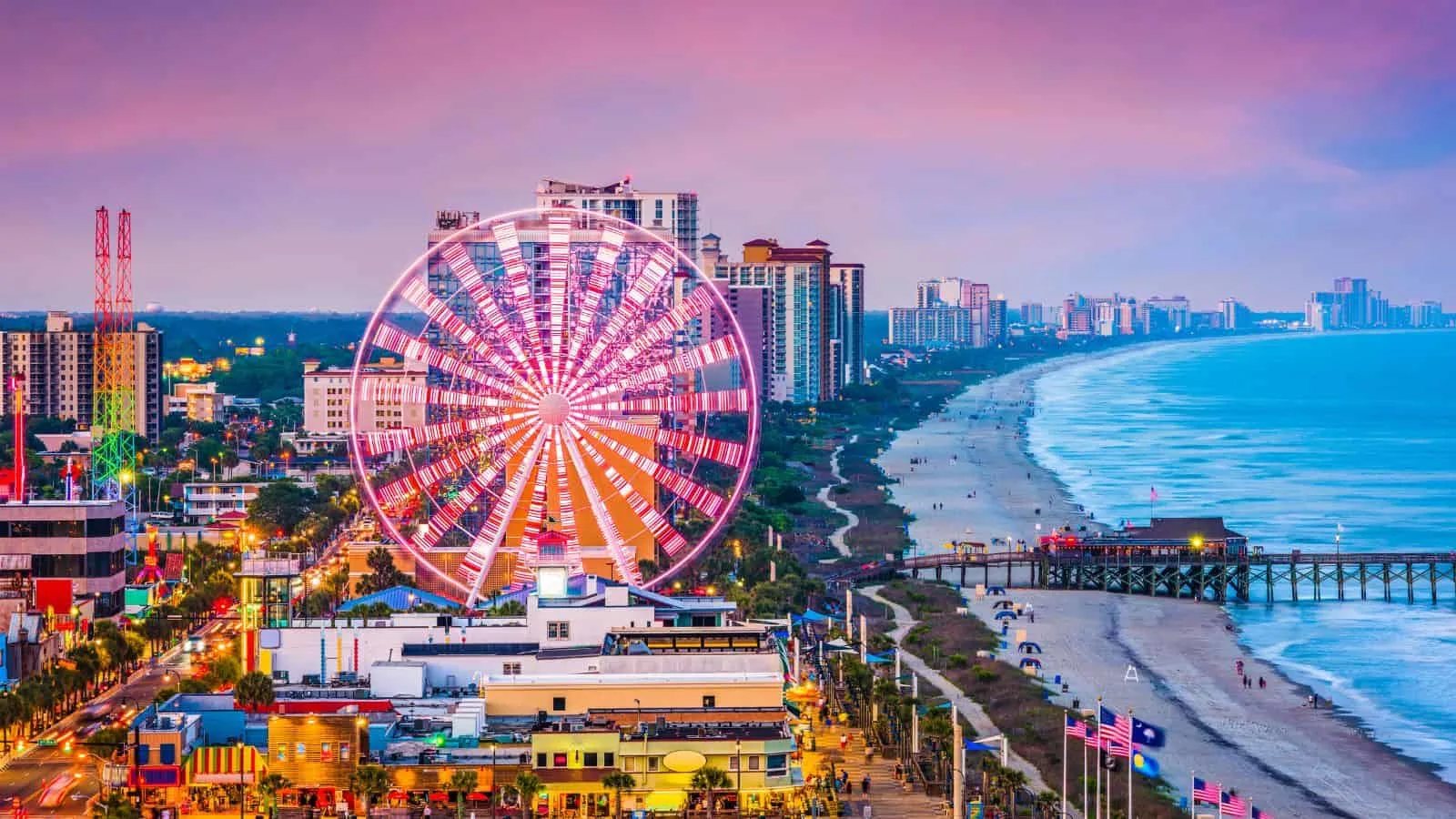
Charleston’s Rainbow Row and nearby beaches attract hordes of tourists each year, but unfortunately, it isn’t enough reason to move to South Carolina. The state experiences difficulty in several areas, including crime, education, and opportunity. South Carolina’s violent crime rate of 491 out of 100,000 residents is more than 25 percent higher than the national average of 381.
South Carolina is ranked 47 of 50 in equality, suggesting it wrestles with balanced gender representation in the workforce, wage gaps between communities, unemployment rates for disabled individuals, and the like.
Instead: North Carolina
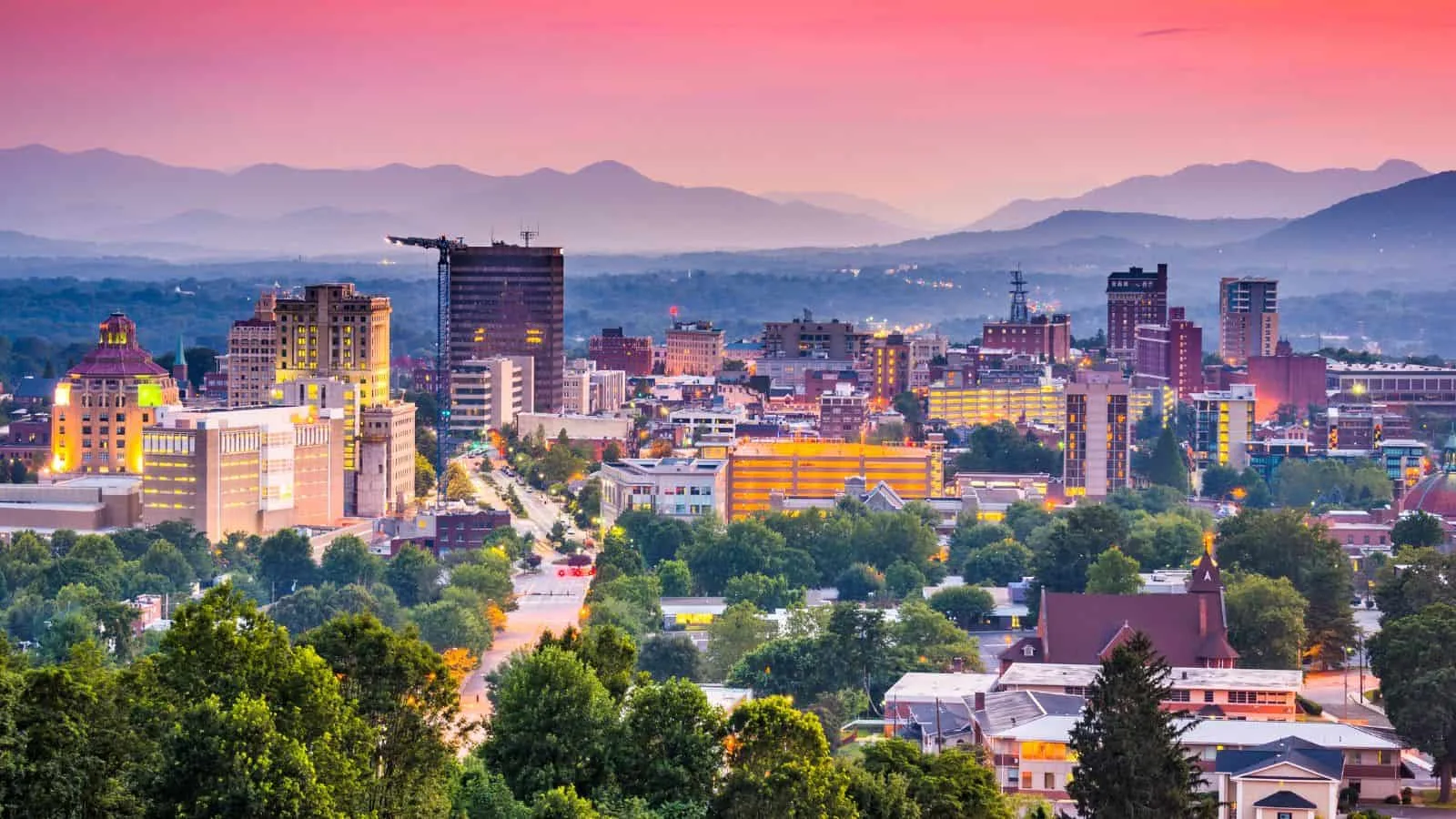
Just above South Carolina, North Carolina offers the same beaches as its southern sister, along with the expansive Blue Ridge Mountains near artsy Asheville and a solid economy held down by banking in Charlotte and companies in Raleigh.
North Carolina outpaces South Carolina in quality of life for nearly every factor, providing greater opportunity for residents to thrive. Its job growth rate of 4.1 percent is 50 percent higher than South Carolina’s 2.7 percent—the national average.
8. Oklahoma
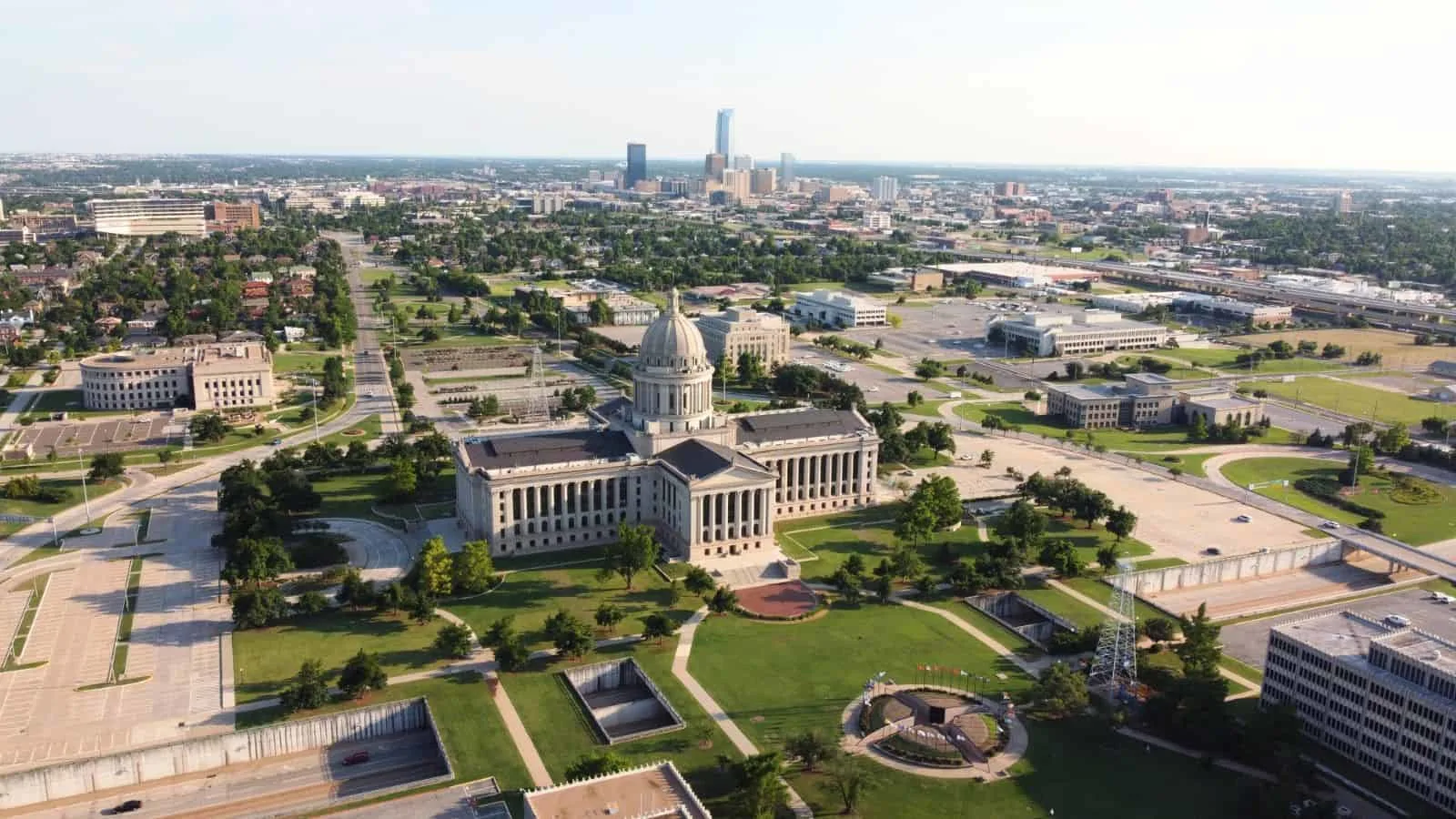
Oklahoma’s difficulties trace all the way back to the Louisiana Purchase. After the land that became Oklahoma was acquired, the U.S. government forced the evacuation of Indigenous tribes in the southeast to the territory, rejecting their request to form a separate tribal state.
Today, Oklahoma grapples with education and health care, ranking 49 of 50 in both. One in seven Oklahomans are without health insurance, compared to a 1 in 9 national average. This may contribute to the state’s obesity rate of 40.3 percent, which is considerably higher than the national average of 33.9 percent. This makes the state third-highest in obesity, according to the CDC.
Instead: Nebraska
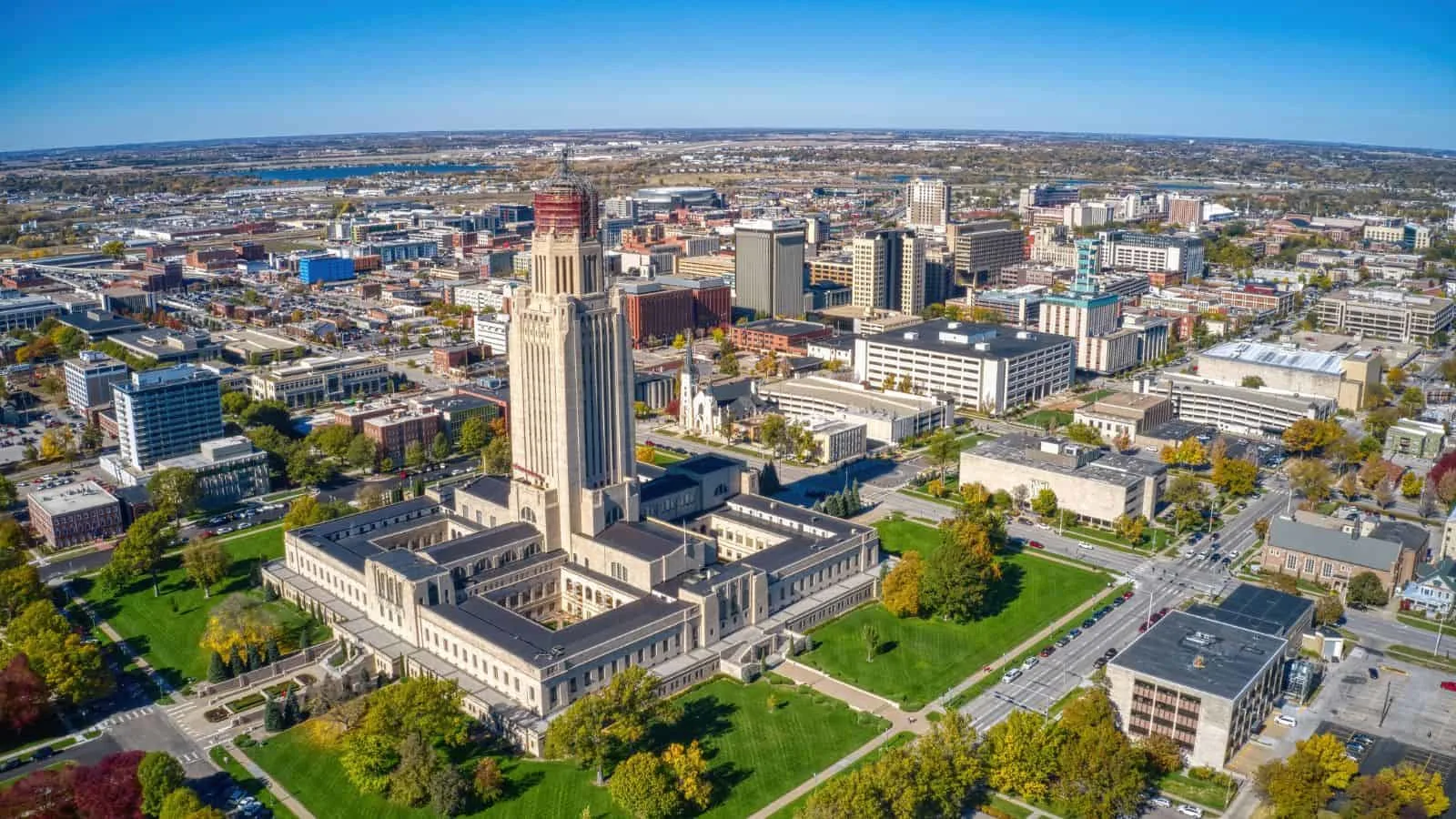
Nebraska is like Oklahoma’s midwestern cousin. The state’s vast plains may not seem thrilling, but for those seeking a quiet, stable place to live with a high quality of life, Nebraska delivers in full.
Ranked as the third-best country in the US overall, Nebraska excels in fiscal stability and infrastructure. You won’t spend your day held up in traffic here—Nebraska’s average commute time of 18.8 minutes is well beneath the national average of 26.4 minutes.
7. Alabama
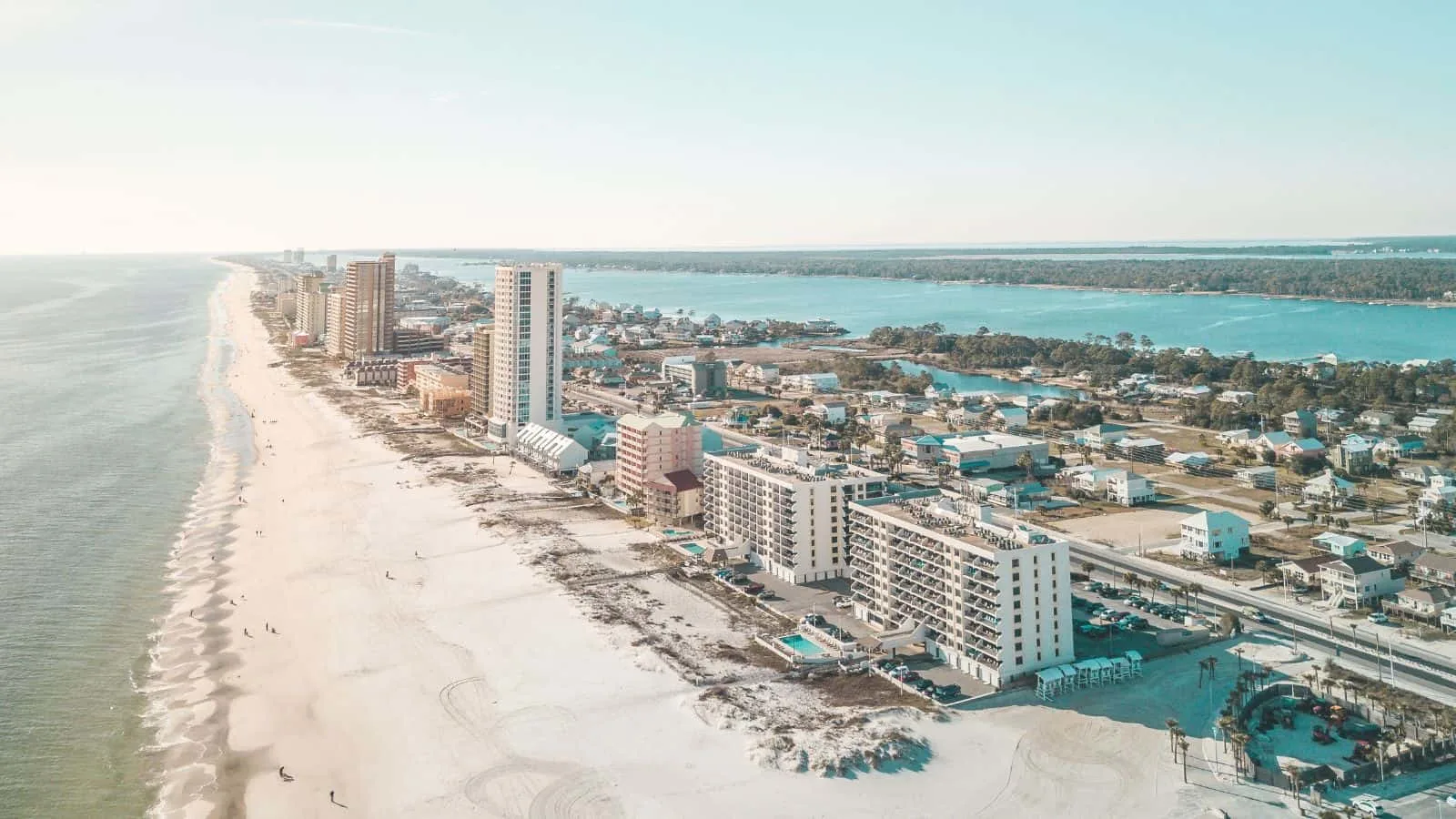
Alabama’s problems are just as deep as the state is South. The state doesn’t necessarily succeed in any particular area, but education, health care, and the natural environment pull it down most. Those with lung sensitivities should be careful here—Alabama has 1,763 pounds of industrial toxins per square mile, compared to 937 nationally.
Signaling a faulty health care system, Alabama’s preventable hospital admissions are also above the national standard, at 3,435 per 100,000 Medicare patients versus 2,765.
Instead: Georgia
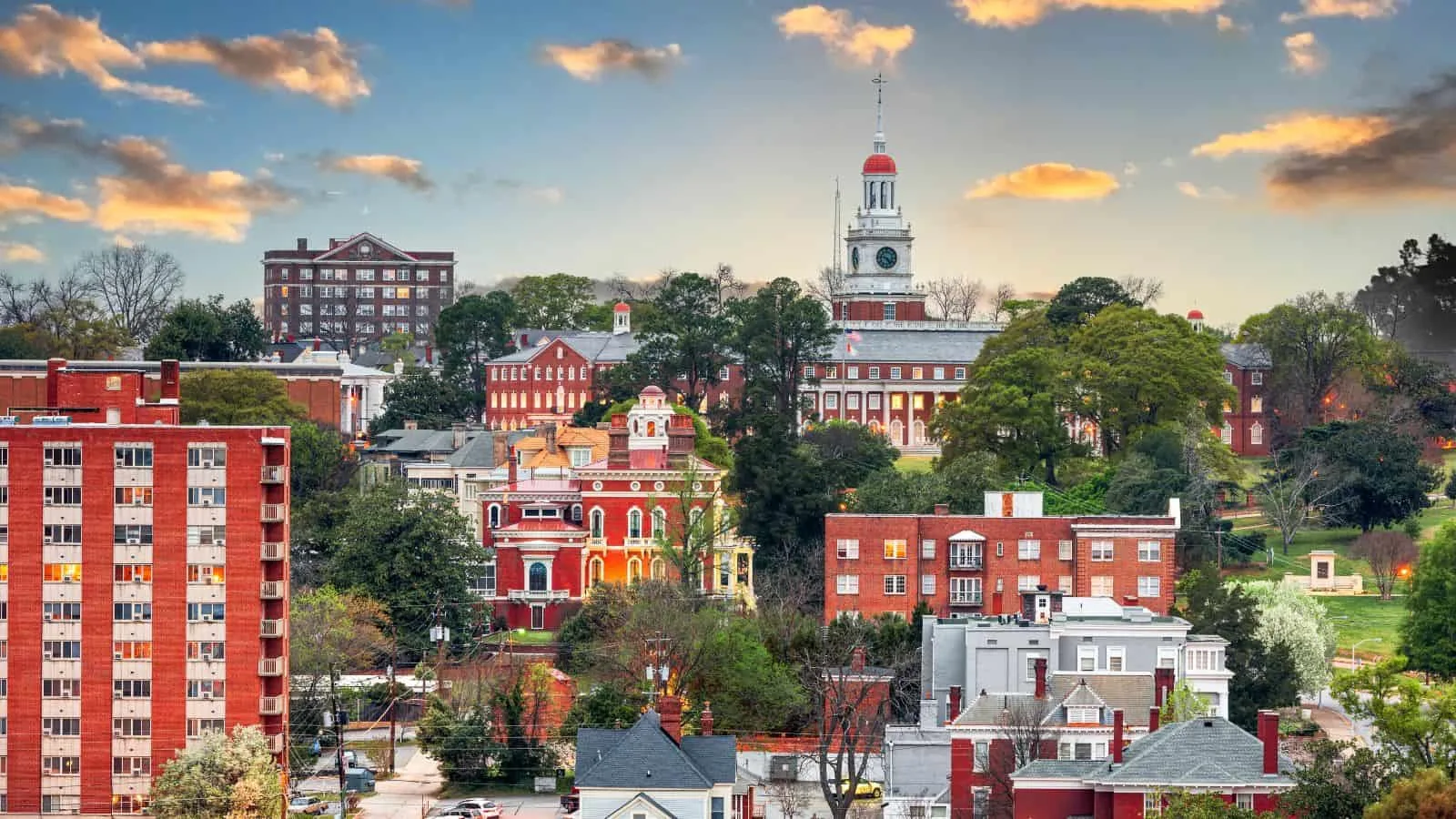
One of the original 13 colonies, Georgia, is on more stable ground than Alabama without sacrificing the spirit of the South. Sprawling Atlanta offers financial opportunity, while charming Savannah is an idyllic locale in which to settle down.
Georgia’s economy is far stronger than that of its neighbor to the west, which is anchored by companies like Delta, Home Depot, UPS, and Coca-Cola. The state’s job growth rate is 30 percent higher than Alabama’s, yet this industry boom doesn’t have the same effect on its natural environment. Despite Atlanta’s congestion, the state’s industrial toxins per square mile are less than half of Alabama’s at 818.
6. Alaska

Alaska is one of the United States’ most beautiful and rugged states with its untouched national parks and exceptional hiking, but its northern, isolated position lends itself to difficult living conditions for residents. Ranked 45 out of 50 in US News’ assessment, Alaska particularly struggles with its economy, education, and infrastructure, all of which are ranked as 46 out of 50.
US News reports that 77.8 percent of Alaskans graduate high school, compared to 85.9 percent of Americans nationally. Venture capital per GDP is even further below the national average—$0.236 for every $1,000 GDP. Don’t hesitate to book that Alaskan cruise or hiking adventure, but think twice before moving permanently.
Instead: Washington
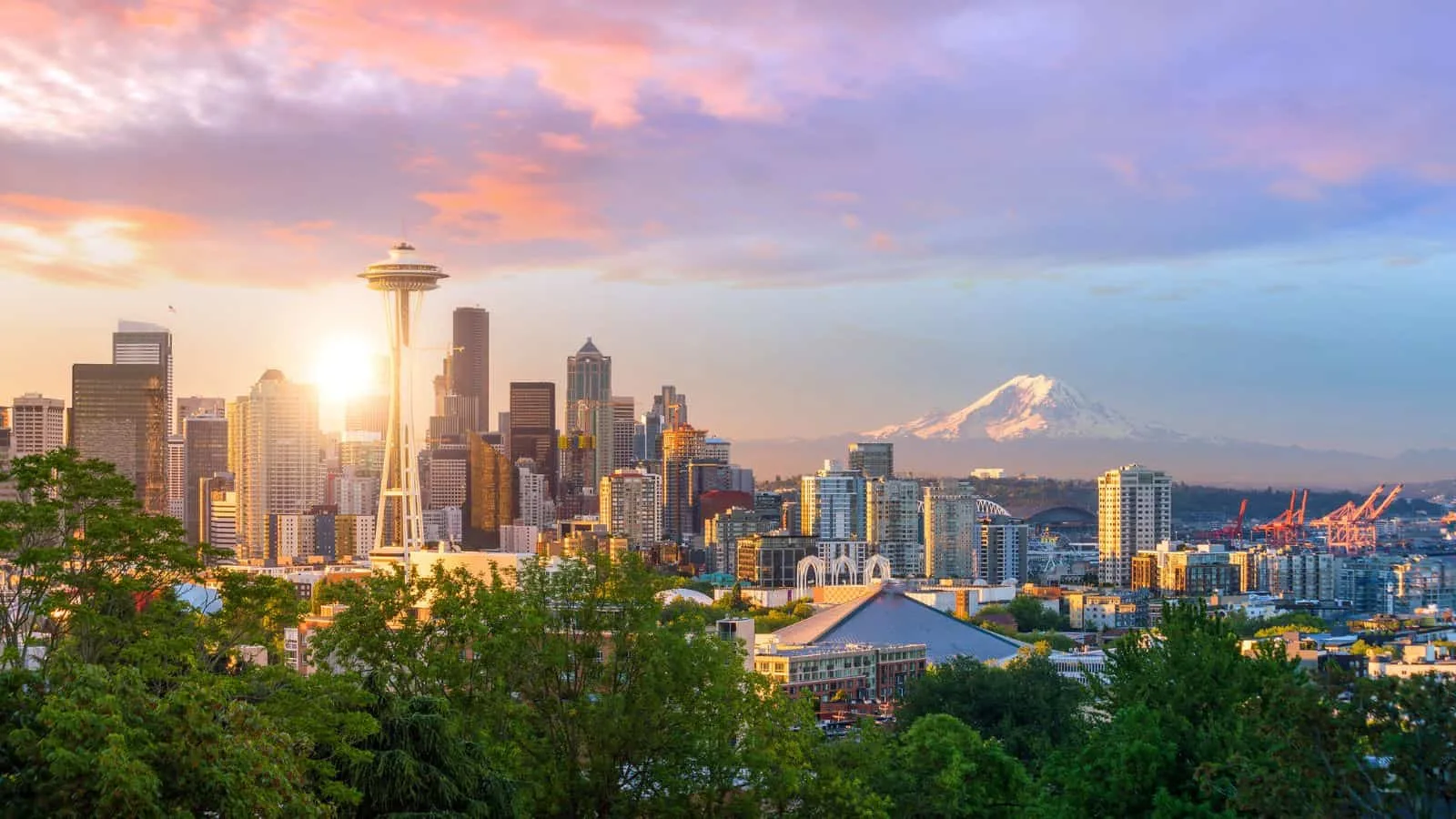
Though Washington isn’t quite as untouched as Alaska, its breathtaking landscapes, from the snow-capped peak of Mount Ranier to the lush Hoh Rainforest on the Olympic Peninsula, shouldn’t be overlooked. Washington ranks as the eighth-best state in the country.
In contrast to Alaska, Washington receives seventh for its infrastructure, 14th in economy, and 13th in education, signaling a higher quality of life. The climate is mild, with far more temperate winters than Alaska’s harsh conditions. Plus, you can head to Pike Place in Seattle for fresh fish, which is not unlike that in Alaska.
5. West Virginia
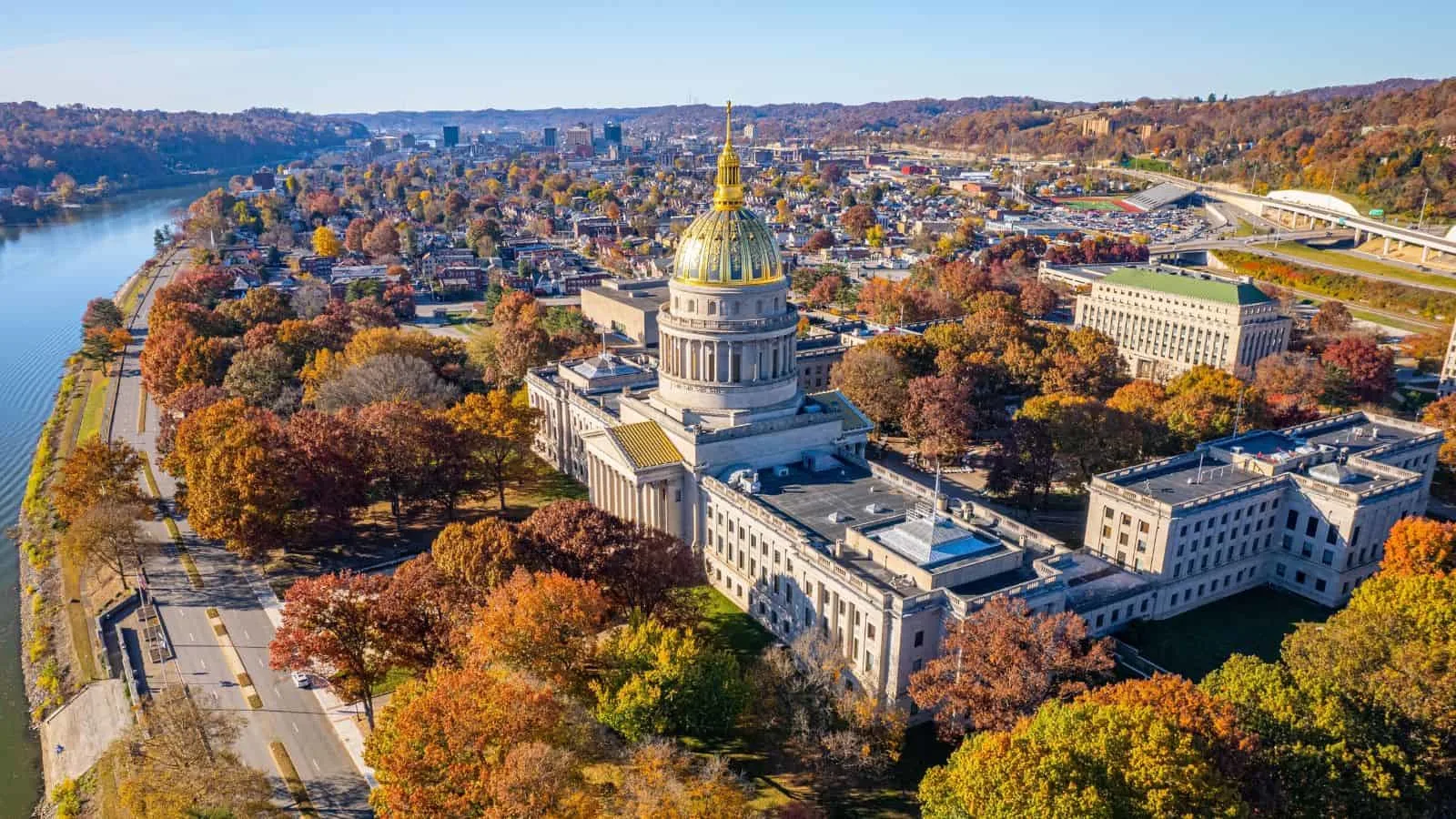
West Virginia is on the receiving end of much criticism in the United States, and it isn’t without cause. The state is the worst in the country in infrastructure and the third from the bottom in economy, education and health care.
Much of the state’s misfortune can be attributed to declining coal production for safety and sustainability concerns, as West Virginia’s economy is heavily reliant on mineral resources. Companies aren’t investing in the state, either, evidenced by a $0.029 venture capital per $1,000 GDP rate—devastatingly under the national average of $6.23. This economic downfall is reflected in the state’s poverty rate of 17.9 percent, which is more than 40 percent higher than the country as a whole.
Instead: Virginia
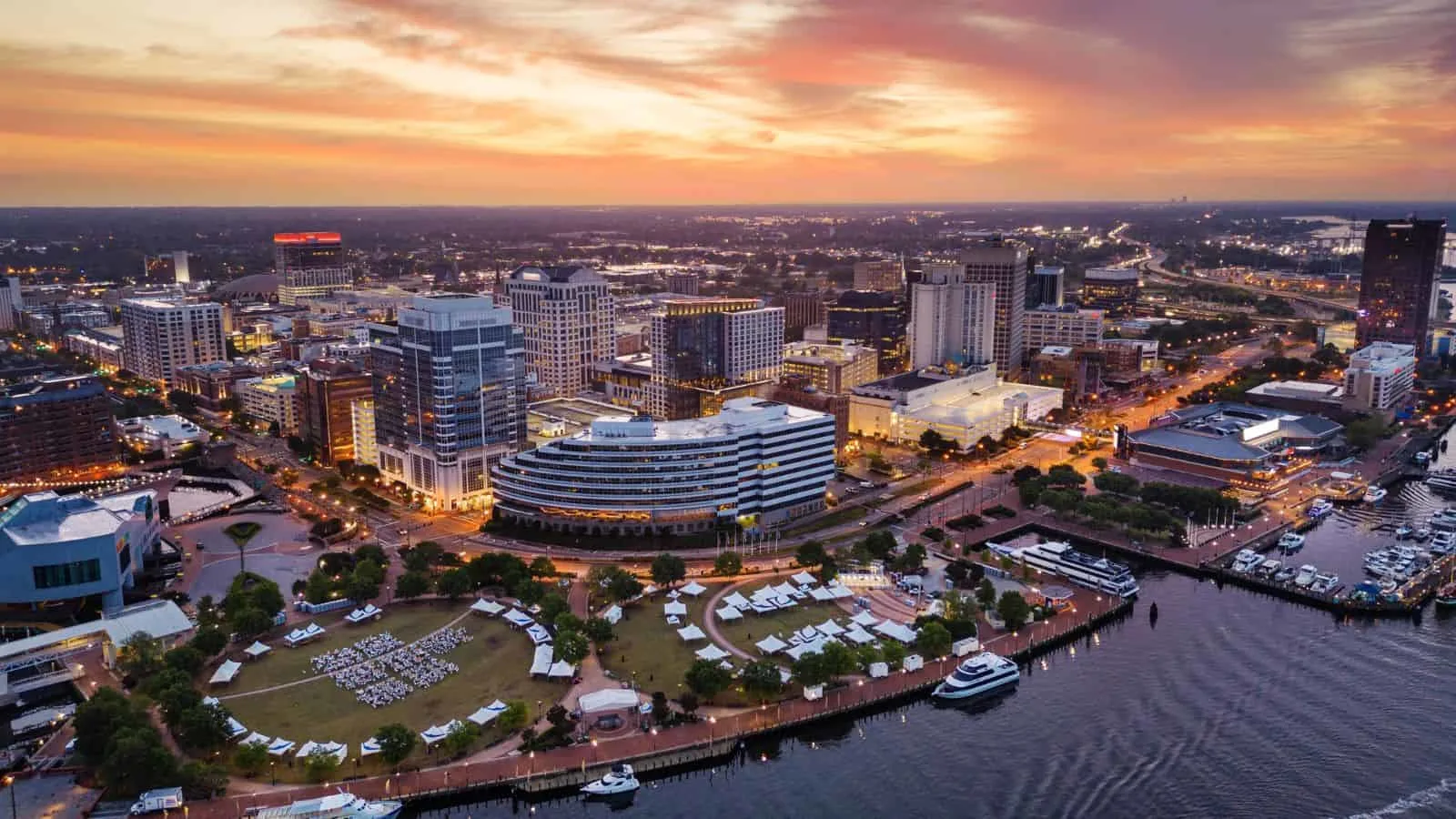
Virginia’s similarities with its neighbor to the West don’t end with sharing a name. The Appalachian and Blue Ridge Mountains run through both states. Where Virginia has the Shenandoah Valley, West Virginia has the New River Gorge.
Virginia differs in its livability. While West Virginia bottoms out as one of the worst US states for education, Virginia breaks the top 10 for its above-average test scores and graduation rates. Health care is also far more promising—Virginia has 2,501 preventable hospital admissions per 100,000 Medicare patients compared to 3,964 in West Virginia. The state’s obesity rate reflects its stronger healthcare system. 34.8 percent of Virginians are considered obese compared to 41.3 percent in West Virginia.
4. Arkansas
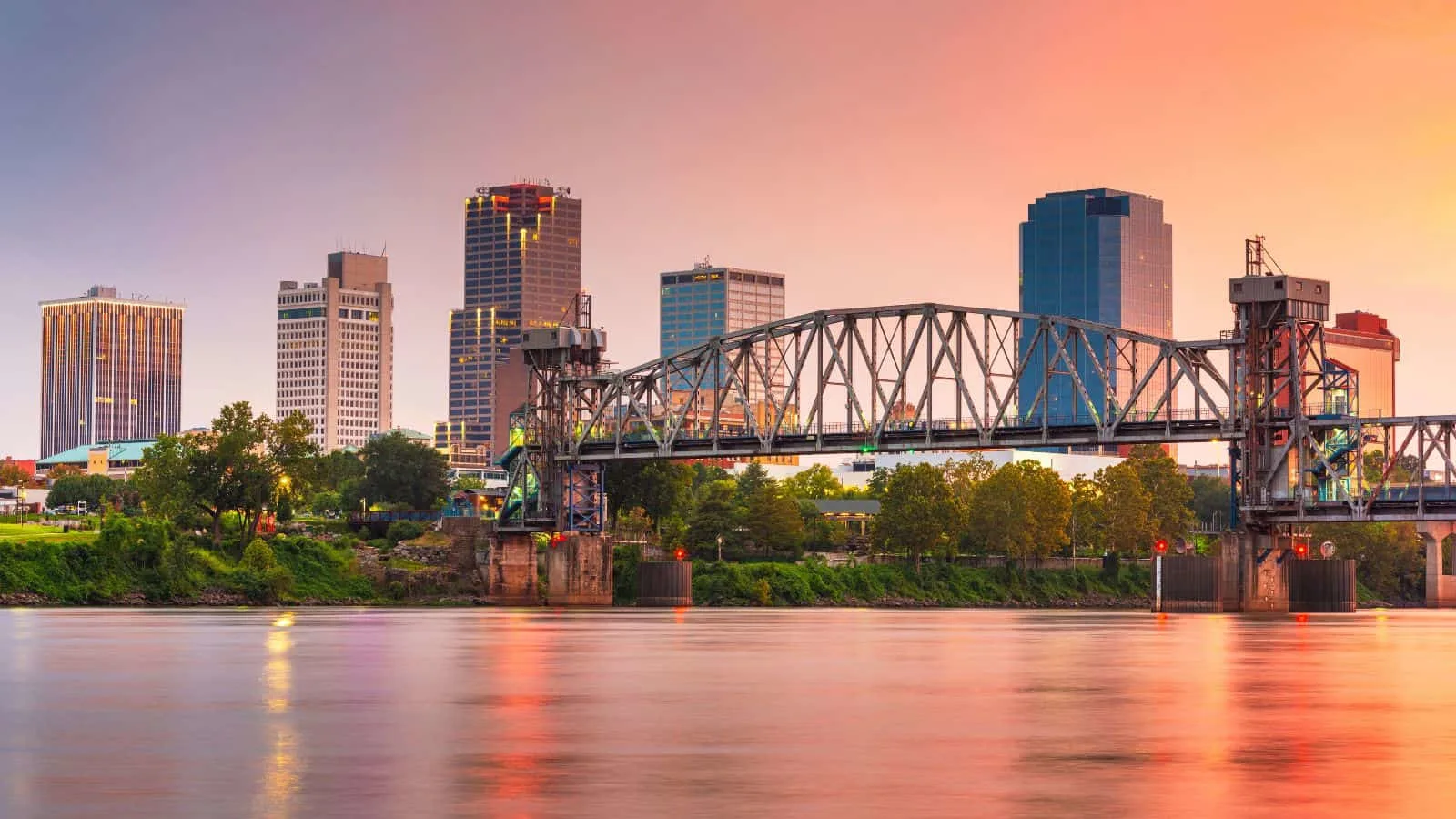
Home to the Walmart headquarters and breathtaking mountain landscapes, you would be forgiven for thinking Arkansas offers its residents promising opportunities. Instead, the state sees just 1.4% job growth.
The biggest challenge Arkansas faces is in its safety. The state is the second-worst in the country for crime and corrections, with its incarceration, juvenile detention, and violent crime rates each nearly twice that of the national averages.
Instead: Colorado
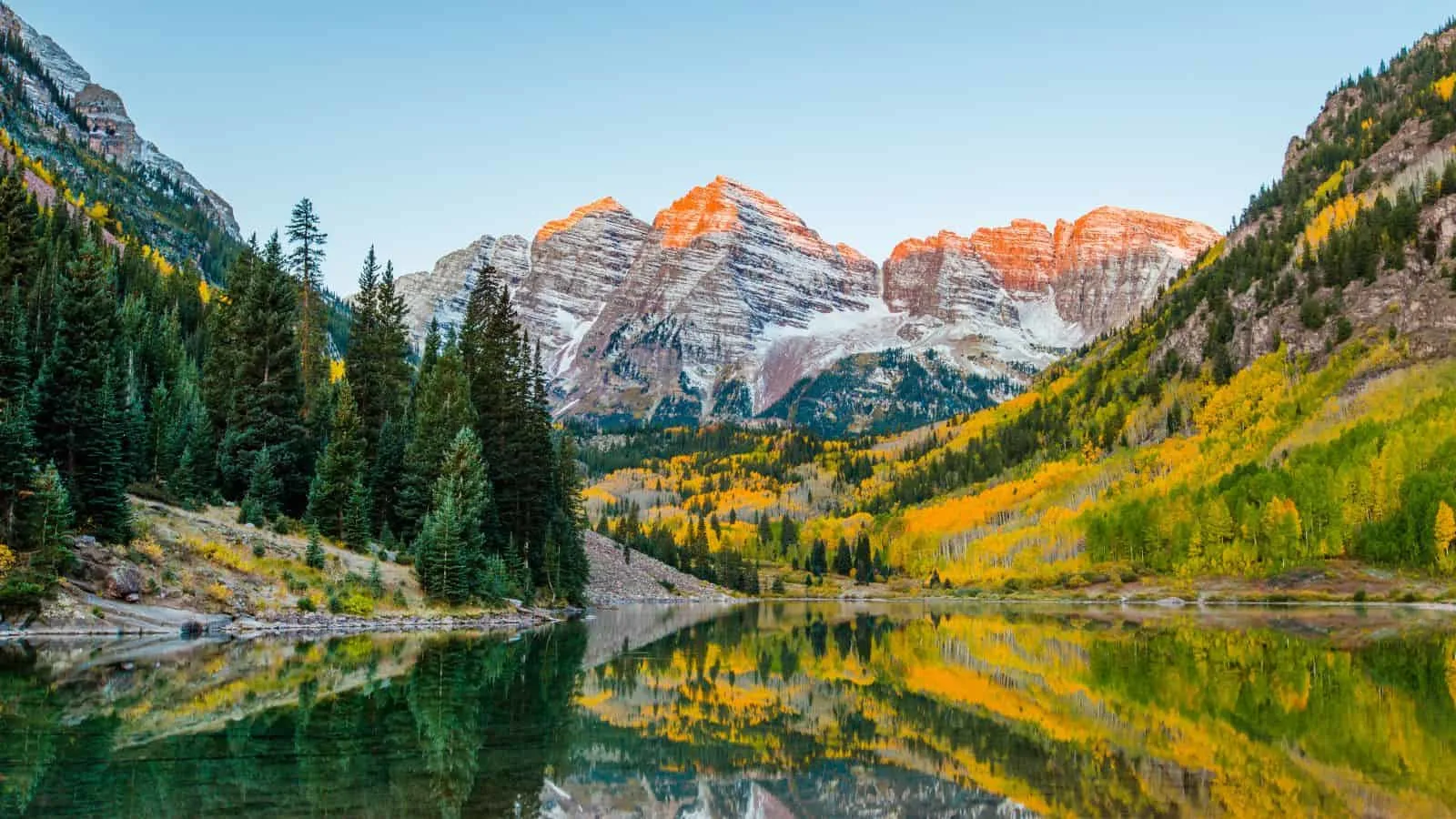
Colorado’s Rocky Mountains serve as a southwestern counterpart—if not an improvement—to Arkansas’ Ozark and Ouachita Mountains. The states may not seem like an obvious match, but they have a few surprising similarities. Life is relatively laidback in both, and outdoor activities, like fishing or hiking, are encouraged.
Unlike Arkansas, Colorado is one of the top states in the country for relocation due to its solid education system, growing employment opportunities, and strong healthcare system. Its economy is the fourth-best in the country, held down by a thriving technology industry and military presence, which supports the states’ above average job growth and venture capital investments.
3. New Mexico
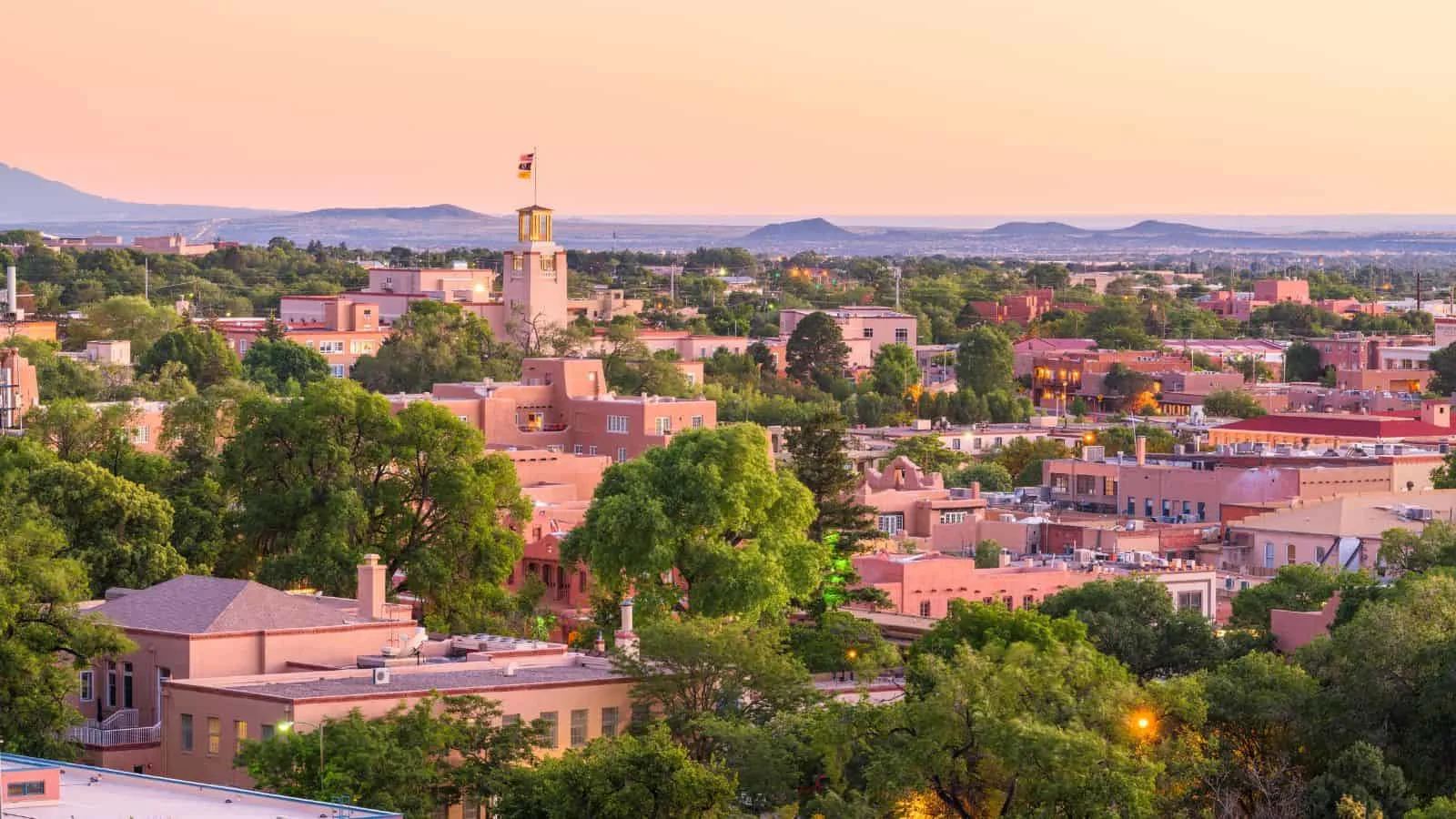
New Mexico’s distinctly southwestern culture and national parks make the state a must-visit, but not necessarily a must-live. Come to explore White Sands National Park and discover Taos, but don’t plan on settling down. New Mexico’s difficulties start with its crime rates and end with its crumbling infrastructure.
Education in New Mexico is the worst in the country, with test scores 15 points under the national average. Also under average is the state’s incarceration rate, which is concerning considering that New Mexico has more than twice the violent crime than the country as a whole.
Instead: Utah
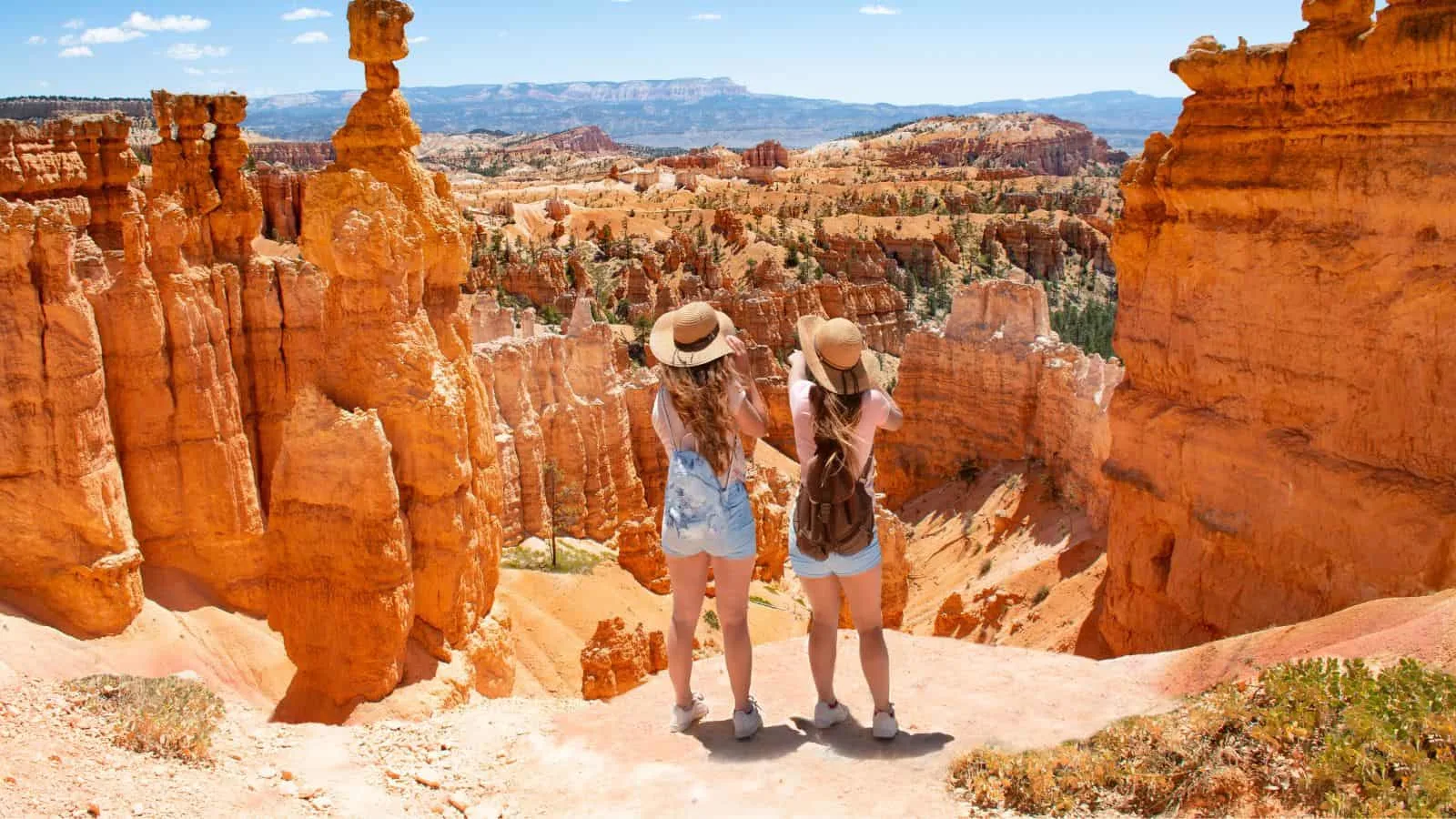
New Mexico and Utah might be geographically similar, but they couldn’t be more different to live in. According to US News’ analysis, Utah ranks as the best state in the country to live in, while New Mexico ranks 49th. Where New Mexico struggles, Utah thrives, with top marks for education, economy, infrastructure, fiscal stability, and crime. Paired with its jaw-dropping desert landscapes and rock formations seen across several national parks, Utah has ideal livability.
Residents enjoy a comfortable life—Utah’s poverty rate is just 8.4 percent, less than half of New Mexico’s, and its median household income of $89,168 well surpasses the national average. Job opportunities may have something to do with this. Utah has a job growth rate of 3.7 percent, a full point above the US as a whole.
2. Mississippi
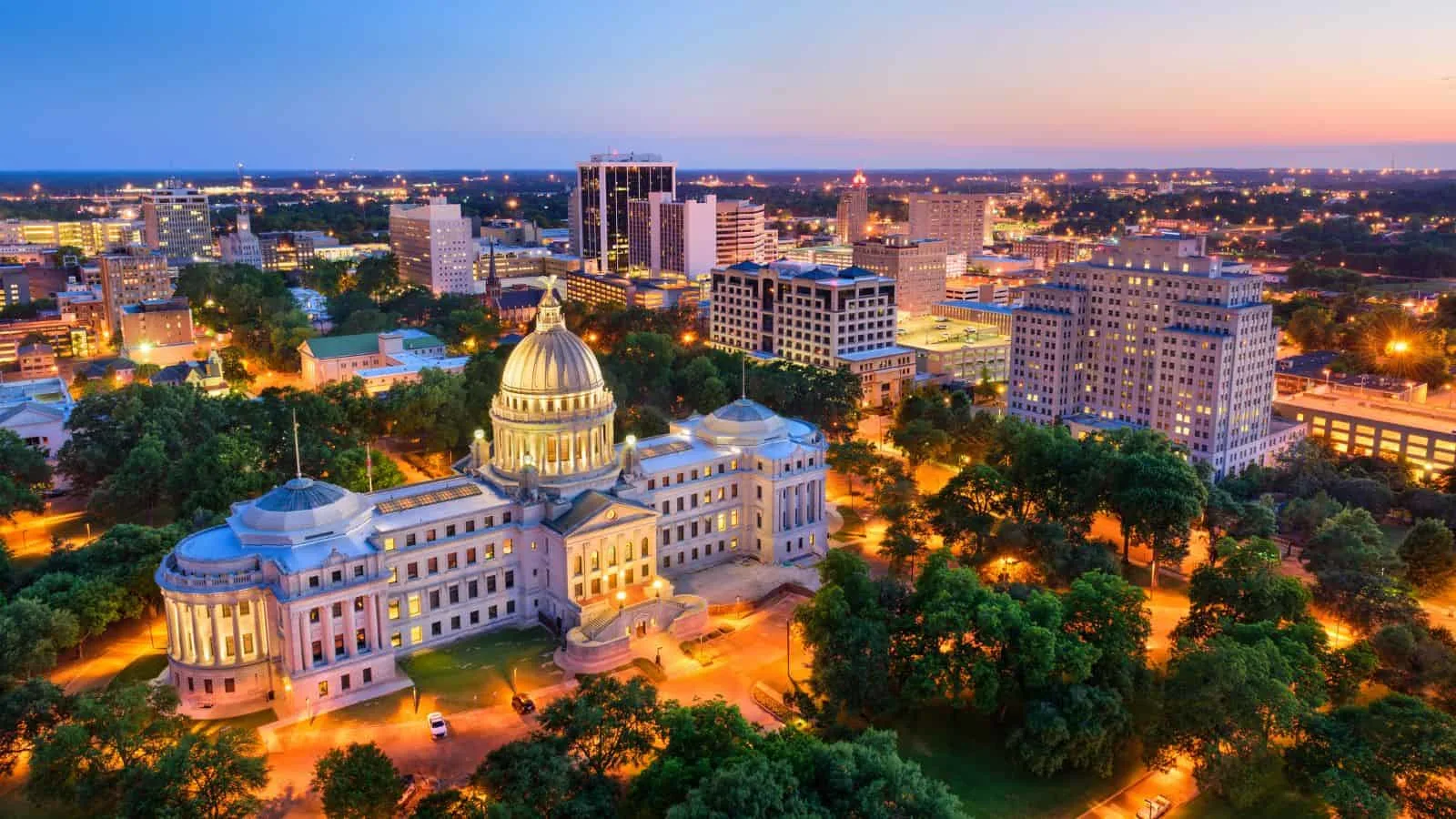
Mississippi has a long history of hardship. The state was built on slave labor and has struggled with racial discrimination and segregation since. It wasn’t until 2013 that Mississippi finally notified Washington, D.C. of its adoption of the 13th Amendment in 1995 officially abolishing it in the state, which happened because a professor there watched the film “Lincoln” and began investigating. Yes, really.
People are leaving Mississippi, signaled by its negative 0.1 percent net migration rate. It may have something to do with the state’s economy and health care system, which are each the worst of any state in the country. 20 percent of Mississipians live below the poverty line, compared to 13.7 percent of Americans overall, according to KFF. This may contribute to the state’s abnormally high rate of citizens living without health insurance, which is 40 percent higher than the national average.
Instead: Florida
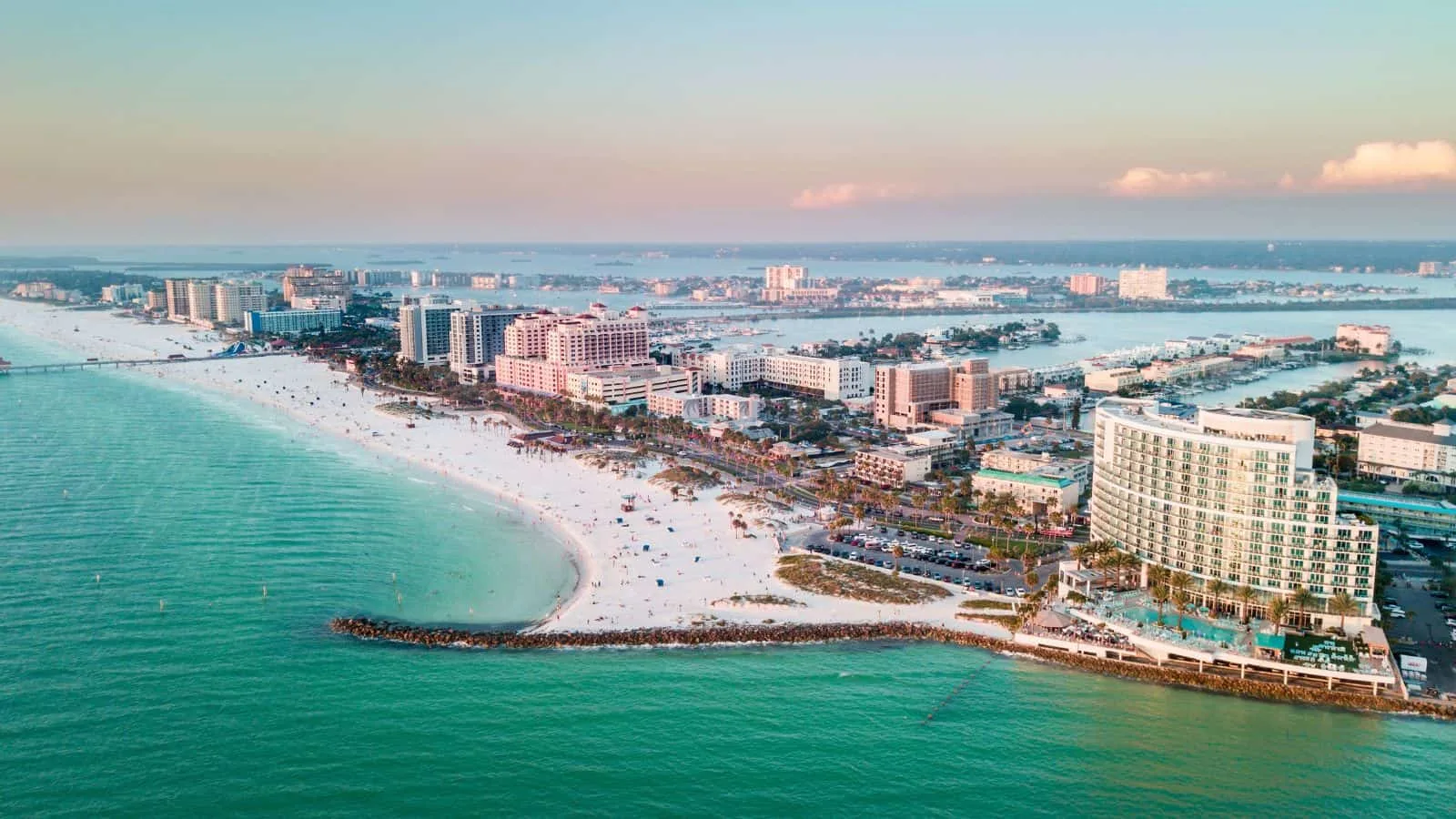
While Mississippians are moving out, Floridians are moving in—the state has a 1.7 percent net migration rate, more than five times higher than all states combined.
Sunny Florida is a favorite choice for transplants due to its lack of income tax, beautiful beaches, and relaxed lifestyle, but the state’s appeal stretches further than that. US News ranks the states’ economy as the best in the country, with an extremely high job growth rate of 4.8 percent. Paired with a healthy natural environment with few unhealthy air quality days and consistently safe tap water, Florida is just as strong a place to live as it is a vacation destination.
1. Louisiana
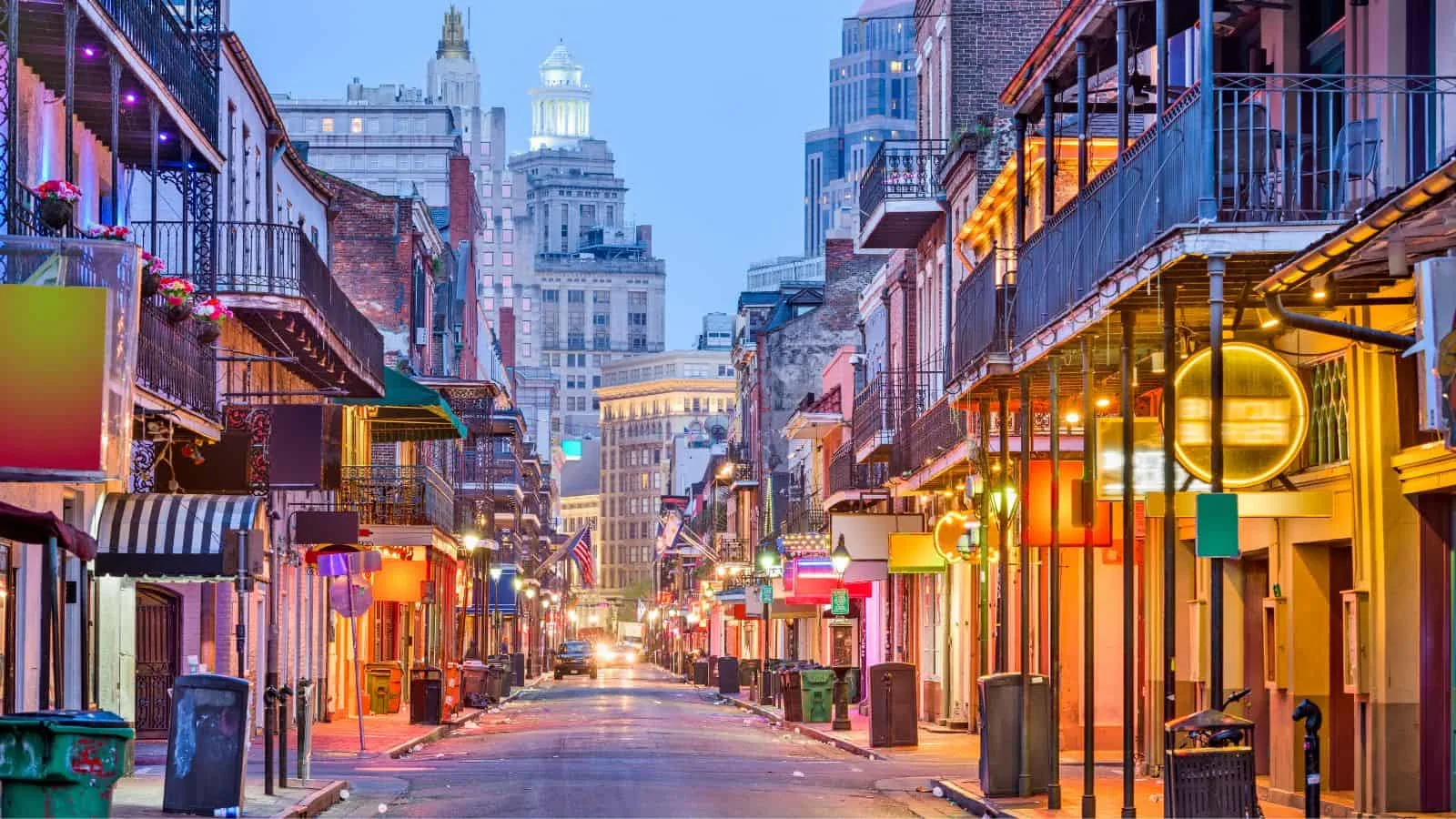
In assessments by both US News and World Population Review, Louisiana is ranked as the worst state in the United States. In the US News’ assessment, the state ranks last for crime and corrections and second to last in terms of the natural environment, economy, and infrastructure. Louisiana’s incarceration rate of 596 out of 100,000 residents is nearly double the national average of 311. Its violent crime rate is similarly high, pointing to clear safety concerns.
Louisiana’s crippled economy only exacerbates the state’s other areas of tension, such as infrastructure. The national average of $x in venture capital per $1,000 GDP is more than 11 over Louisiana’s rate of $0.565, according to US News. While a weekend in New Orleans may be a good opportunity to let loose, you may want to consider living elsewhere.
Instead: Texas
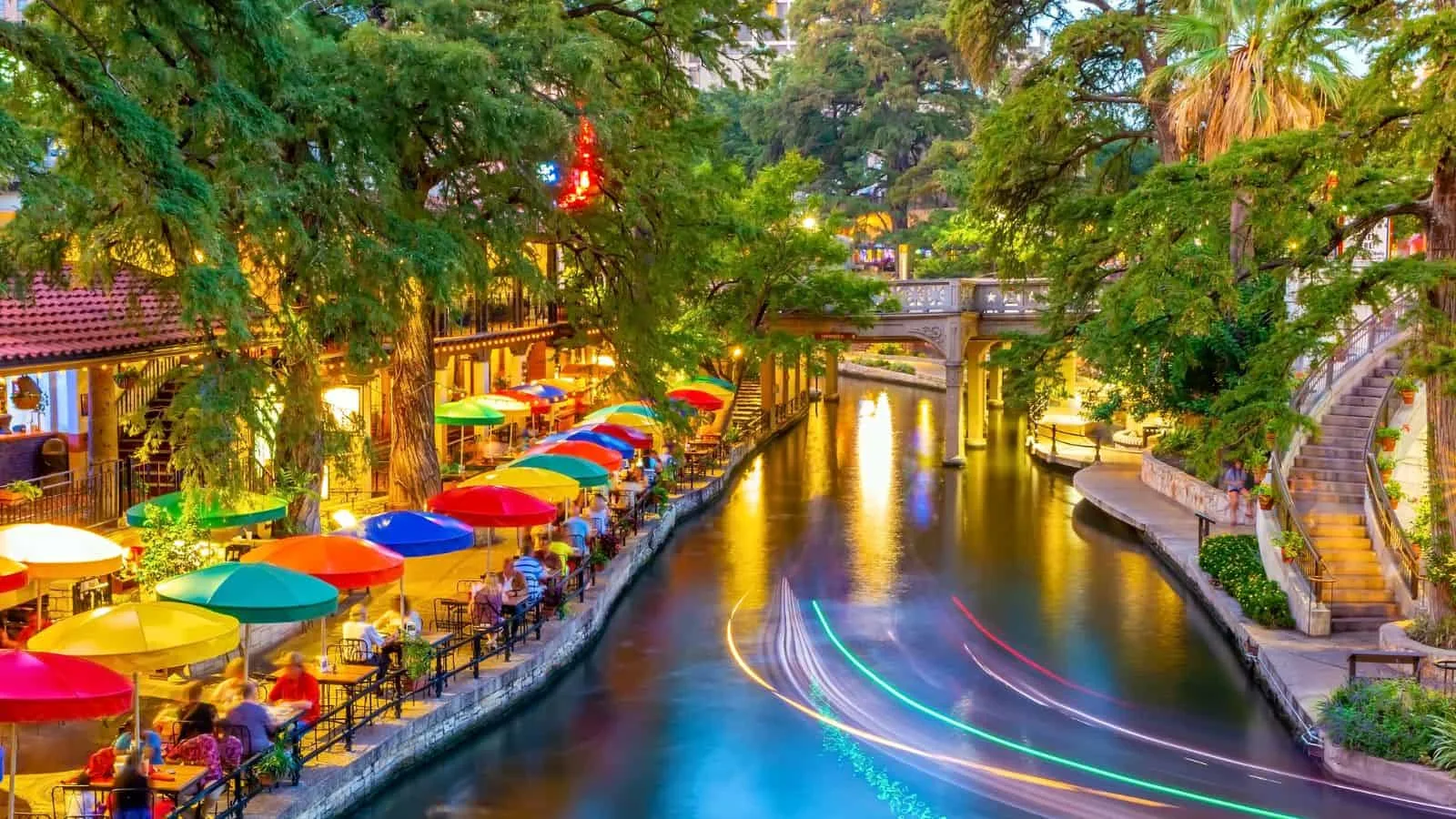
Everything’s bigger in Texas, right? The state ranks number 29 in the country overall, achieving the sixth-best economy and eighth-most financially stable. State income tax does not exist here, boosting your wallet, and the tech, health care, and energy job industry is booming as major companies like McAfee and Tesla relocate to the state.
Texas may not have the Cajun and Creole flavors that Louisiana does, but Texan barbecue and Tex-Mex fill that void. In Austin, dubbed the “Live Music Capital of the World,” you’ll find country, rock, blues, and indie performances that rival the jazz scene of New Orleans.
Visit these underrated states before tourists do
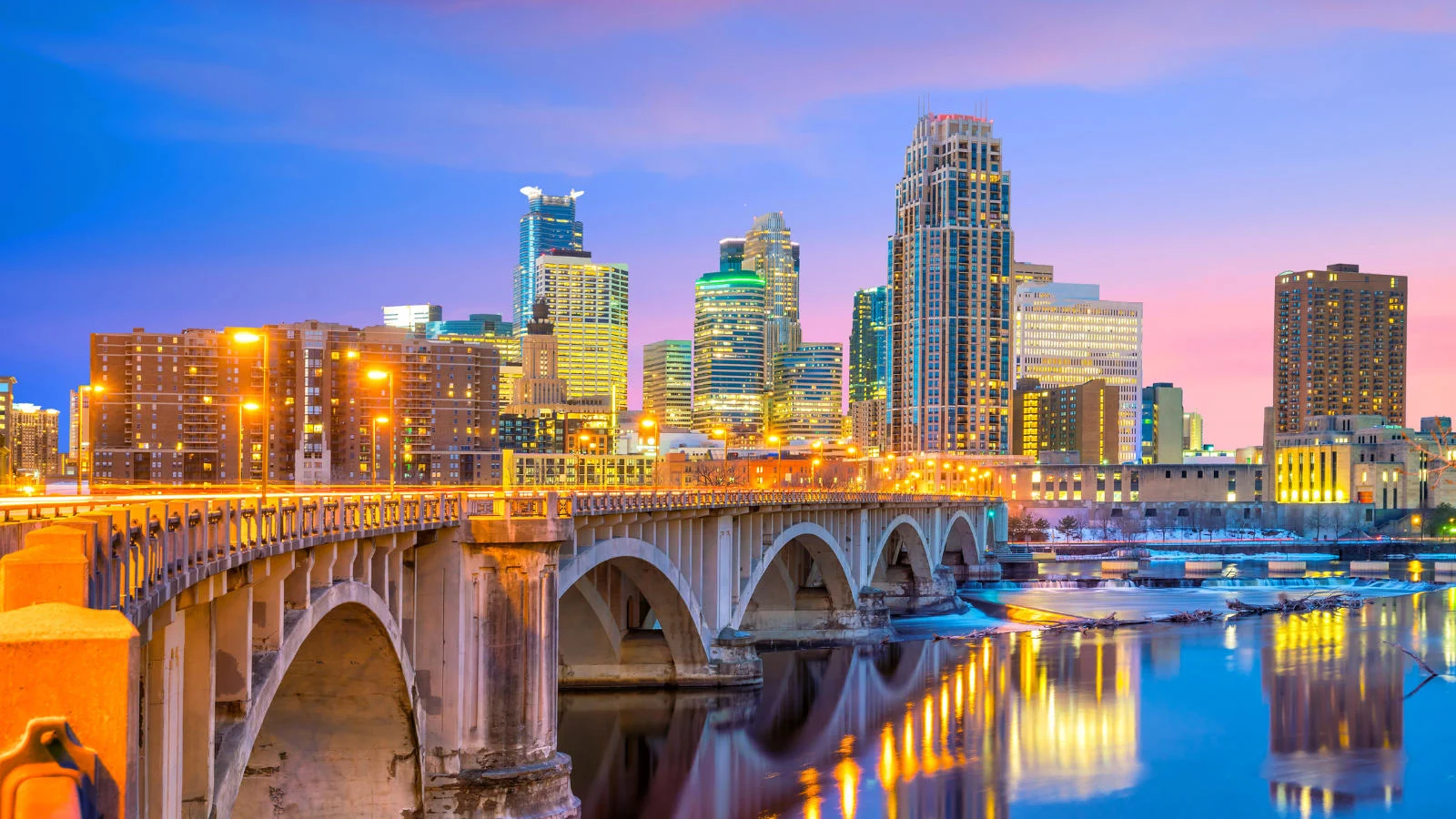
The United States is full of states waiting to be fully appreciated. From Minnesota to New Hampshire, these states boast the beauty and culture of others without the massive crowds and steep prices.
14 Underrated US States to Visit Before They’re Overrun
These are the most beautiful states in the US
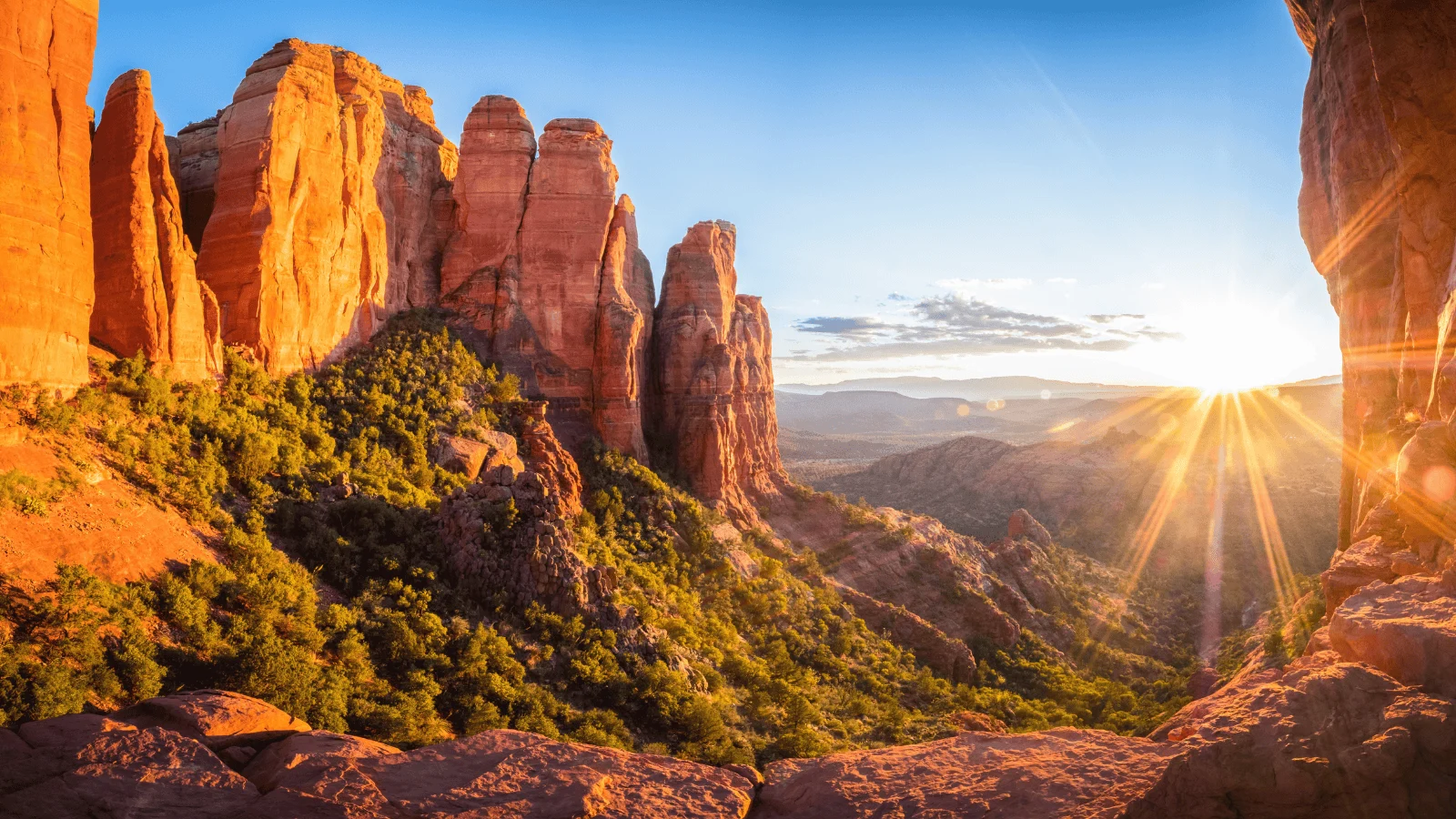
These states may or may not be ideal to live in, but they are certainly stunning to visit.
15 Most Beautiful US States, Ranked

Elise Armitage is an entrepreneur and founder of What The Fab, a travel + lifestyle blog based in California. At the beginning of 2019, Elise left her corporate job at Google to chase her dreams: being an entrepreneur and helping women find fabulous in the everyday. Since then, she’s launched her SEO course Six-Figure SEO, where she teaches bloggers how to create a passive revenue stream from their website using SEO. Featured in publications like Forbes, Elle, HerMoney, and Real Simple, Elise is a firm believer that you can be of both substance and style.



